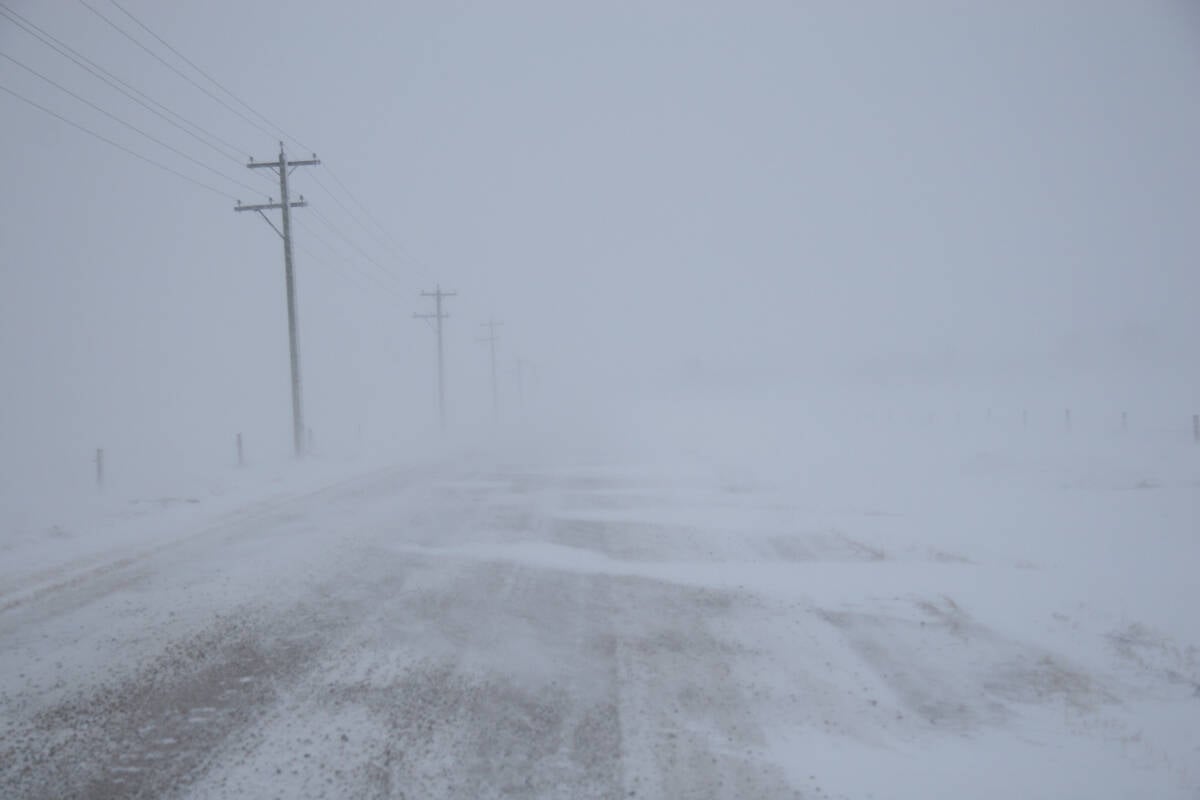Frost is causing damage to canola at varying stages of maturity this fall, while wet conditions are adding to the challenges facing growers.
Canola growers have been stalled in many regions. Many crops have been in the swaths for up to six weeks, while others were cut ahead of widespread frost around Sept. 17.
Canola Council of Canada agronomist Jim Bessel recommends that producers be patient both in combining and cutting.
“If the maturity isn’t such that it’s ready to cut or even close, then you want to wait. It is still September,” he said.
Read Also

Volatile temperatures expected for this winter
DTN is forecasting a lot of temperature variability in the Canadian Prairies this winter. Precipitation should be close to average.
Cutting it green will cause it to shrivel and dry out to chaff in the combine.
“We are still a ways away from winter and so the risk of leaving it in the swath until spring is low. If you combine too early, the risk of having serious problems with the crop is high,” Bessel said.
The council suggests that producers wait until the maturity warrants harvesting as quality won’t deteriorate rapidly in the field.
In some cases, mature canola is sprouting where conditions are moist and the seed is ready.
Drought can also cause immature canola to sprout when the plants fail to create the proper hormone balance in the seed. That might be occurring in the Peace River district.
Black, mouldy swaths due to alternaria and other fungi might look bad, but doesn’t affect the seed quality. However, it might make the pods more prone to shattering at combining time.














